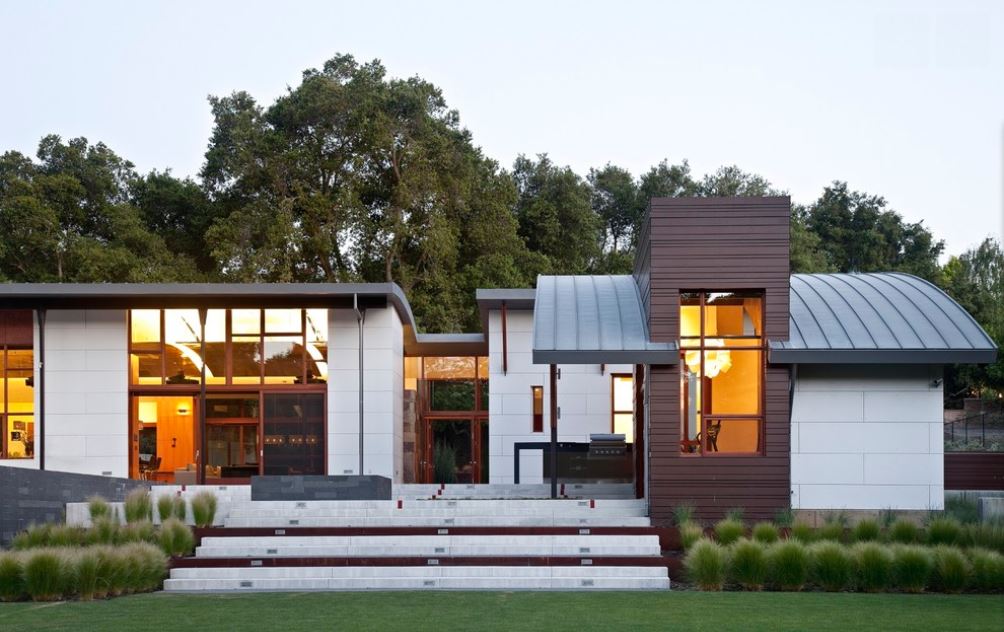Rooftop Styles for Homes
Rooftops come in a wide range of styles and shapes similarly as homes can. The rooftop style decision owns a compositional expression. Actually, a rooftop makes such a solid style explanation, that the remainder of the house typically just comes for the ride. For instance, a mansard rooftop is reliable with French nineteenth century engineering and is regularly observed on French nation style homes.
When you pass through neighborhoods, you will regularly discover two circumstances: a solitary predominant rooftop style or a wide blend of styles. An area with a prevailing style of rooftop frequently has homes worked in a similar time period regularly by a similar developer. An area with a blend of style of rooftops for homes has homes worked in various occasions and by various developers. This is valid for old Victorian neighborhoods just as present day subdivisions.
Here are a portion of the more well known style of rooftops for homes:
Peak – A peak rooftop is one that comprises of two slants meeting at a focal edge. The different sides are at a similar point and a similar length. This kind of rooftop additionally passes by the names of pitched or topped rooftop. Numerous homes far and wide utilize this straightforward style.
Cross-Gable – A cross-peak rooftop has at least two peak rooftops meeting up at right edges. Numerous customary homes have this slick update to the straightforward peak.
Saltbox – The saltbox rooftop is a variety of the peak. The front of the house has two stories, with a solitary story to the back. To oblige this arrangement, the front of the peak is shorter and more extreme than the long, shallower run that covers the back. Likewise called a catslide, this rooftop is customary in New England homes.
Hip – The hip rooftop has four sides, all with a similar slant. The more drawn out sides come up to a ridgeline with the shorter sides finishing at a point at the parts of the bargains line. This rooftop was regular during the 60s and 70s subdivisions.
Pyramid – A pyramid rooftop is a hip rooftop that, rather than gathering at the ridgeline, the sides meet at a pinnacle. A portion of these rooftops have equivalent side lengths and a similar incline while others have various slops and side lengths. This style has been seen since old Egypt.
Mansard – A mansard rooftop is a mind boggling rooftop shape with four sides each comprises of two unique edges. The lower point is generally very steep and obliges windows and different openings. The more extreme edge is at the top and meets up at a pinnacle or along a ridgeline like a hip rooftop. This is a conventional French style.
Gambrel – A gambrel rooftop is a lot of like a mansard with the exception of as opposed to having a rooftop surface on every one of the four sides, the edges are just on different sides. The other different sides are level like the finish of a peak rooftop. This style is frequently found in French or Dutch-impacted neighborhoods.
Level – A level rooftop comprises of a solitary plane on a structure with practically zero point. While there is some discussion, most rooftops with 10 degrees or less in slop is viewed as level. This is well known for business structures.
Shed – A shed rooftop is a solitary plane rooftop set on a grade with one end higher than the other. An incline of in any event 10 degrees is seen on numerous advanced homes.
Barrel Roof – A barrel rooftop is a half-chamber shape that runs the length of the rooftop. It functions admirably over a rectangular structure.
Arch Roof – A round structure needs a rooftop that resembles half of a globe.
Which style of rooftop suits your taste?
For more information visit Beniska House




